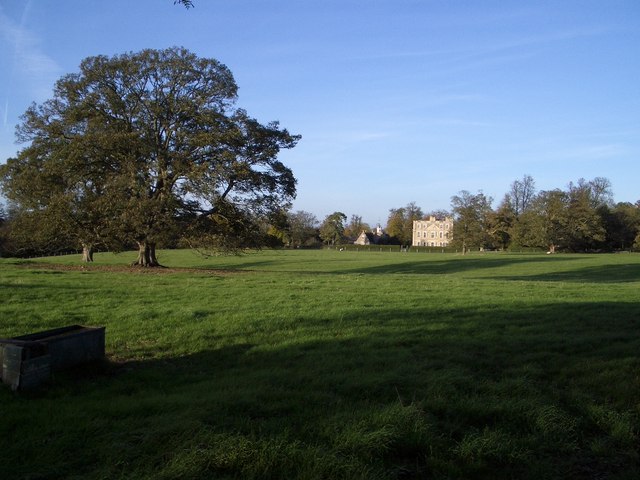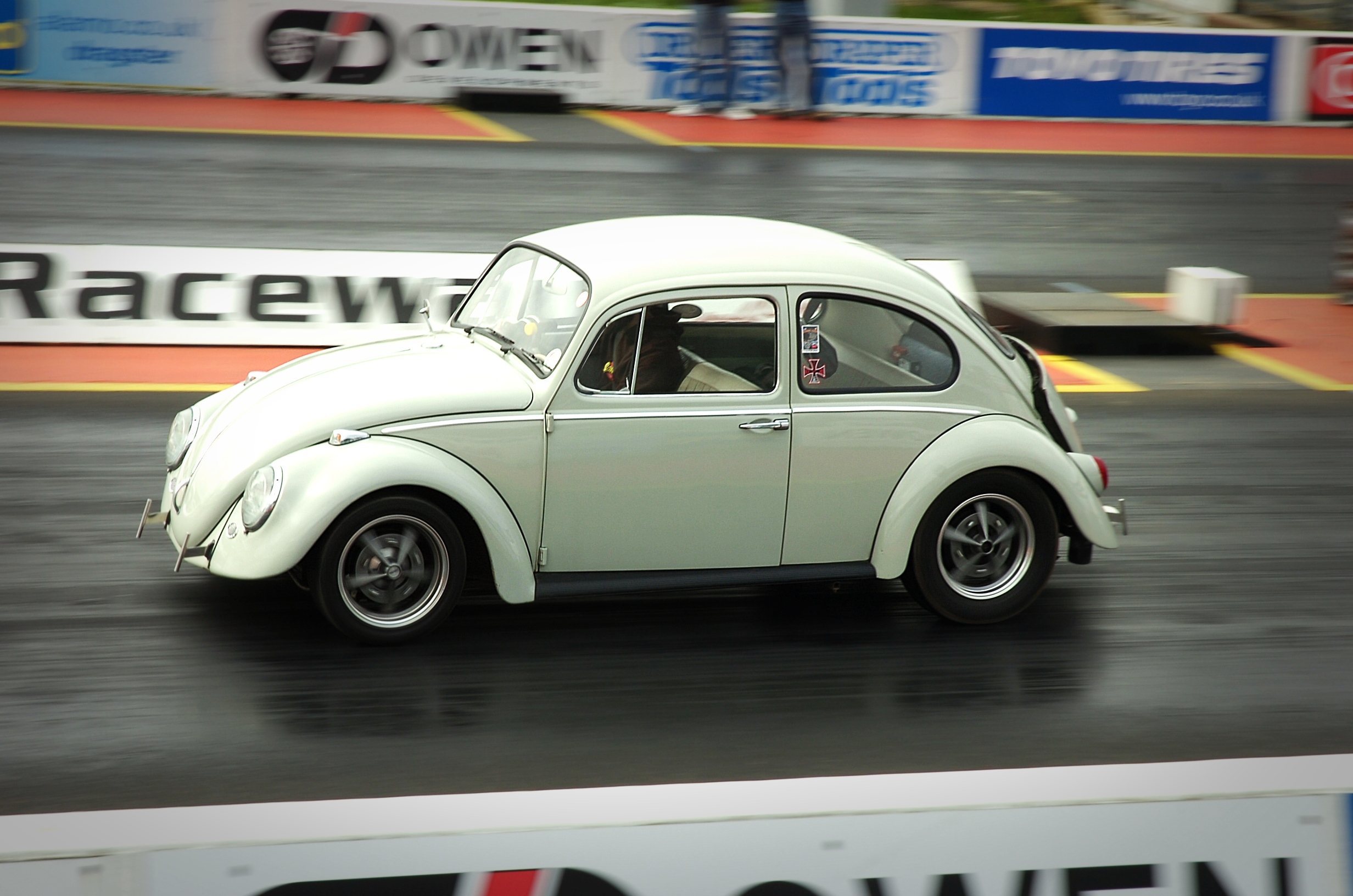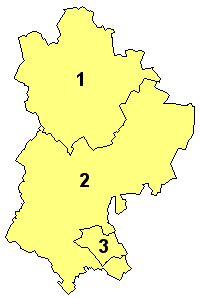|
Podington
Podington is a village and civil parish in Bedfordshire, England, United Kingdom. The village is within the electoral ward of Harrold in the Borough of Bedford. Podington lies around northwest of Bedford and is about east of the county border with Northamptonshire. Nearby there is paintballing. Podington Garden Centre, founded by village residents Colin & Norma Read in 1976 can be found in the High Street. Podington is a small picturesque rural village; many of its buildings are stone cottages dating from the 18th century, and some even earlier. Podington was included in the Domesday Book 1086, with a population of 29 households; prominent landowners included Walter of Flanders, Hugh of Flanders and William Peverer. The community was recorded as "''Podintone''" and "''Potintone''" from the 13th century and later as "''Puddington''". Today it is sometimes spelt (or misspelt) "Poddington". Located around southeast of the village are RAF Podington and Santa Pod Raceway. Hin ... [...More Info...] [...Related Items...] OR: [Wikipedia] [Google] [Baidu] |
RAF Podington
Royal Air Force (RAF) Podington is a former Royal Air Force station in northern Bedfordshire, England, south-east of Wellingborough, Northamptonshire. History Podington airfield was originally built between 1940 and 1941 to accommodate two Royal Air Force (RAF) bomber squadrons. USAAF use On 18 April 1942 it was made available to the United States Army Air Forces (USAAF) 8th Air Force. Podington was assigned USAAF Station Number 109. 28th Troop Carrier Squadron The first USAAF unit to use Podington was the 28th Troop Carrier Squadron in June 1942, arriving from Westover Army Air Field, Massachusetts. The 20th was part of the 60th Troop Carrier Group, based at RAF Chelveston. The 28th TCS flew Douglas C-47 Skytrains from the base until rejoining the 60th at RAF Aldermaston in August. 15th Bombardment Squadron (Light) The 15th Bombardment Squadron, arrived on 15 September 1942 from RAF Molesworth, flying the British Boston III light bomber. The 15th was originally part ... [...More Info...] [...Related Items...] OR: [Wikipedia] [Google] [Baidu] |
Church Of St Mary, Podington
Church of St Mary, or St Mary the Virgin, is a Grade I listed church in Podington, Bedfordshire, England. It became a listed building on 13 July 1964, (List Entry Number: 1321514). The National Grid Reference is SP 942 627. Surviving architectural elements date back at least to the early 13th century. A 1912 report about the church indicated that it had a chancel, nave, north aisle, south aisle, south porch and west tower. The south arcade of the nave, the north arcade the chancel and tower were all dated to the 13th century. There were four bells in 1912, dating from 1609 to 1618. The leaning spire was built in the 14th century but was modified in the 14th and 15th century. It was in danger of collapse but was restored in the 19th century. During the reign of Henry II, the church was part of the endowment to the Canons Ashby Priory by Stephen la Leye. During the Dissolution it became Crown property. In 1545, the advowson was granted to Daniel Payne. The church is the final rest ... [...More Info...] [...Related Items...] OR: [Wikipedia] [Google] [Baidu] |
Podington Castle
Podington Castle, sometimes known as Puddington Manor Farm, was an 11th-century castle in the civil parish of Podington, in the county of Bedfordshire, England. It was a Motte and triple bailey castle, surrounded by a moat, mentioned in the Domesday Book of 1086 as being owned by Hugh the Fleming. The castle was in ruins prior to the early part of the 17th century, when a new Podington Manor, now referred to as "Old Podington Manor", had been built just forward of its location. The new Podington manor became a farmhouse in 1694, when the owners moved their residence elsewhere. The extensive earthworks remains of the castle can still be located, on the mound, in the field at the back of Old Podington Manor. Building foundations were still visible as of 1972. See also *Castles in Great Britain and Ireland *List of castles in England This list of castles in England is not a list of every building and site that has "castle" as part of its name, nor does it list only buildi ... [...More Info...] [...Related Items...] OR: [Wikipedia] [Google] [Baidu] |
Hinwick House
Hinwick House is a Grade I-listed Queen Anne country house located about 90 minutes from Central London, near Podington in North Bedfordshire. The estate consists of the Queen Anne main house, the Victorian wing, the Victorian wing extension, garage block, stables, three cottages attached to a clock tower, a walled garden and a period dovecote. The house and estate has a total of 50 rooms. Hinwick House underwent a two-year restoration programme that concluded in 2016. The house stands in its own park of about on the west side of the road from Podington and to the south of the Wollaston Road, from which the house is approached along a drive. At the end of which are wrought-iron gates with stone piers surmounted by collared eagles' heads with wings displayed, the crest of the Orlebar family by whom the house was built. At some time in the past, four soldiers were murdered; some say the house is haunted by their ghosts, since the soldiers were buried under the structure. Histor ... [...More Info...] [...Related Items...] OR: [Wikipedia] [Google] [Baidu] |
Hinwick
Hinwick ( ) is a hamlet in northwest Bedfordshire, England, United Kingdom; it is around nine miles north west of Bedford and is about east of the county border with Northamptonshire which is also the postal county. The hamlet is in the parish of Podington, which is sometimes called "Podington and Hinwick" and this parish was within the Hundred of Willey. Hinwick was recorded in the Domesday Book in 1086 as Haneuuich, also spelt Heneuuiche or Henewich and has also been recorded as Henewic and Hynewyk from the 13th century. In 1086, the population consisted of 19 households under six owners. The area had been inhabited for centuries by that time. Paleoliths (stone tools) have been found and there is an indication that Bronze Age cinerary urn was also found. Some evidence of Roman habitation was also discovered including pottery, building materials and animal bones. Today Hinwick is within the electoral ward of Harrold which is in the Borough of Bedford. Located around two m ... [...More Info...] [...Related Items...] OR: [Wikipedia] [Google] [Baidu] |
Santa Pod Raceway
Santa Pod Raceway, located in Podington, Bedfordshire, England, is Europe's first permanent drag racing venue for 1/4 and 1/8 mile racing. It was built on a disused Second World War air base, (RAF Podington), once used by the USAAF's 92nd Bomb Group. The drag racing venue opened at Easter in 1966, and it is now the home of European drag racing and hosts both the first and last round of the FIA and FIM/ UEM European Drag Racing Championship, along with the British National Drag Racing Championships. It has also been the venue for the annual Volkswagen Beetle Bug Jam weekend since 1987. History Podington airfield, near the villages of Hinwick and Podington, was formerly a Second World War airbase. In 1966 permission was obtained to use the airfield as a drag racing complex, the ¾ of a mile main runway being used as the drag strip. Santa Pod was named after Santa Ana Drags, a drag strip in California, USA, and the local village of Podington. Since then the name Santa Pod ... [...More Info...] [...Related Items...] OR: [Wikipedia] [Google] [Baidu] |
Farndish
Farndish is a rural hamlet in northwest Bedfordshire, located about 500 metres (yards) east of the county border with Northamptonshire. The village is near the Northamptonshire villages of Irchester and Wollaston and the Bedfordshire village of Wymington. The name Farndish means fern-clad pasture. It is in the civil parish of Podington. Although previously a parish itself, today Farndish is within the civil parish of Podington (sometimes called Podington and Hinwick), and part of the electoral ward of Harrold in the Borough of Bedford. Much property in the area is owned by – once famous locally for their pork pies and pastry. History Farndish was mentioned in the Domesday Survey as 'Fernadis'. According to Samuel Lewis The local author H. E. Bates often would come through the village on his nocturnal walks in the 1920s and 1930s. It was on one of the night walks that he got the inspiration for his first novel, '' The Two Sisters'', when he saw a light burning in a cottag ... [...More Info...] [...Related Items...] OR: [Wikipedia] [Google] [Baidu] |
Wymington
Wymington is a small village and civil parish in the borough of Bedford in northern Bedfordshire, England. It is located around a mile and a half south of Rushden, in the neighbouring county of Northamptonshire, and about 10 miles north-northwest of Bedford. As of 2011, the parish of Wymington had a population of 876. The village is home to a 14th century parish church, a Weslyan chapel, a school, and a pub. One bus line stops in the village and provides service to Rushden and Bedford. A small brook runs through the village that drains into the River Nene about 3 miles north. Throughout its history Wymington has been referred to by various names, including Wimmington, Winnington, Wimentone, Wimuntun, and Widmintun, among others. The name is derived from Old English and refers to a ' tun' held by a person named Wigmund or Wimund. Wymington is home to numerous listed buildings in the village, including the Grade 1 listed parish church. History Prehistory and Roman settlement Ev ... [...More Info...] [...Related Items...] OR: [Wikipedia] [Google] [Baidu] |
Diana Astry
Diana Astry, (baptized 2 January 1671 – 4 December 1716) was an English diarist and compiler of a recipe book containing 375 recipes acquired from a number of sources including family and friends. Biography Astry lived at the Great House, Henbury, Gloucestershire, with her parents, Sir Samuel and Lady Elizabeth Astry, and her siblings, Elizabeth, Ann, Arabella, Luke and St John. Her father died in 1704, and in 1707, when their widowed mother married Sir Simon Harcourt, Diana Astry and her sister Arabella moved to Pendley, Hertfordshire. In 1708, Astry married Richard Orlebar. She was an heiress with a fortune of £7000 who inherited even more money when her mother died 20 days after the wedding. The couple moved back to Henbury until the completion of their home, Hinwick House at Podington in Bedfordshire, in 1714. Diana Orlebar died childless two years later. Richard Orlebar, who was High Sheriff for Bedfordshire in 1720, was buried beside his wife in St Mary the Virgin, ... [...More Info...] [...Related Items...] OR: [Wikipedia] [Google] [Baidu] |
Hundred Of Willey
The Hundred of Willey is a historical land division, a hundred in the northwest corner of Bedfordshire, England. Its northwestern boundary is the county border with Northamptonshire, and its southwestern boundary the border with Buckinghamshire. Some of its parishes and settlements lay on the River Great Ouse which flows through the hundred. The hundred of Willey was formed after King Edward the Elder subdued the Vikings of Bedford in 915 and constructed two burhs on each side of the River Ouse in Bedford. Willey, Barford, Stodden and the half-hundreds of Buckelow and Bedford were created to support the north Bedford burh. Willey consisted of 105 hides, which were situated in the following vills: Carlton, Chellington, Farndish, Felmersham with Radwell, Harrold, Odell, Podington with Hinwick, Sharnbrook, Thurleigh, Turvey, and Wymington. The name of the hundred is derived from Old English wēoh ‘an idol, a shrine’ and lēah ‘clearing, clearing in a wood’, denoting a ... [...More Info...] [...Related Items...] OR: [Wikipedia] [Google] [Baidu] |
Civil Parishes In Bedfordshire
A civil parish is a country subdivision, forming the lowest unit of local government in England. There are 125 civil parishes in the ceremonial county of Bedfordshire, most of the county being parished: Luton is completely unparished; Central Bedfordshire is entirely parished. At the 2001 census, there were 312,301 people living in the 125 parishes, which accounted for 55.2 per cent of the county's population. History Parishes arose from Church of England divisions, and were originally purely ecclesiastical divisions. Over time they acquired civil administration powers.Angus Winchester, 2000, ''Discovering Parish Boundaries''. Shire Publications. Princes Risborough, 96 pages The Highways Act 1555 made parishes responsible for the upkeep of roads. Every adult inhabitant of the parish was obliged to work four days a year on the roads, providing their own tools, carts and horses; the work was overseen by an unpaid local appointee, the ''Surveyor of Highways''. The poor were loo ... [...More Info...] [...Related Items...] OR: [Wikipedia] [Google] [Baidu] |
The Poddington Peas
''The Poddington Peas'' is a British Animation, animated television series that was created by Paul Needs and Colin Wyatt of Cairnvale Productions for Poddington PLC; it has thirteen five-minute episodes, and was aired on BBC One as part of the Children's BBC strand (as it had been known from its inception on 9 September 1985 until 4 October 1997) from 14 September to 22 December 1989. The series was regularly repeated throughout the 90s and early 00s until 2002. The series' theme song, composed by Geoff Stephens, describes the eponymous group of Peas living "down at the bottom of the garden". Human-sized garden objects, enormous in size to the Peas, are often seen, such as upturned flowerpots which serve as most of their buildings. Humans themselves are never seen or mentioned (with the single exception of Christmas gift-giver Santa Claus, who left his gifts at Creepy Castle in the last episode). All thirteen episodes were released on VHS by Palace Video in 1990 (HPV0018), but thi ... [...More Info...] [...Related Items...] OR: [Wikipedia] [Google] [Baidu] |


